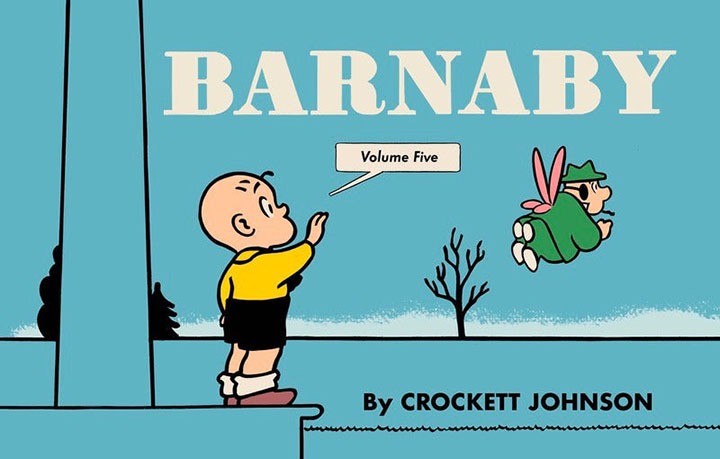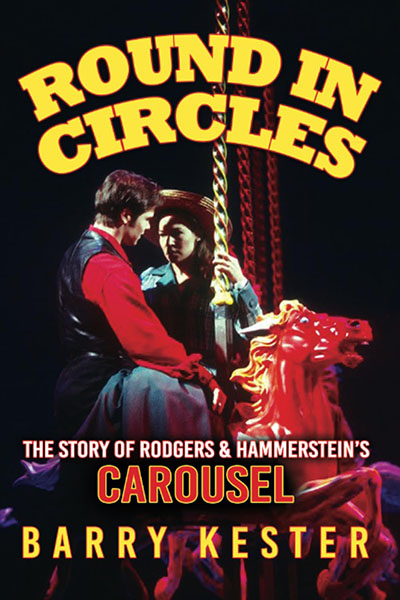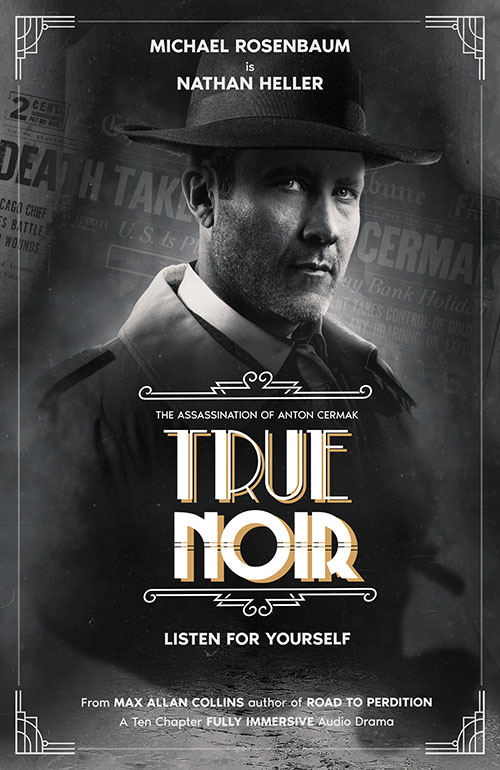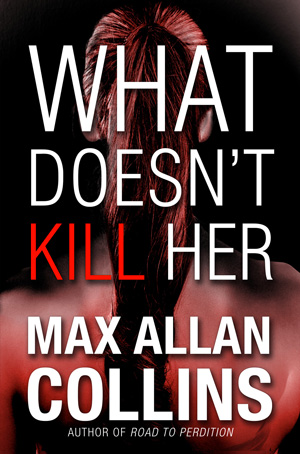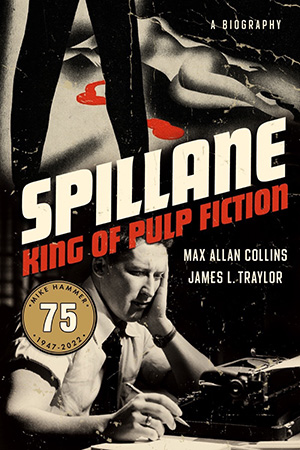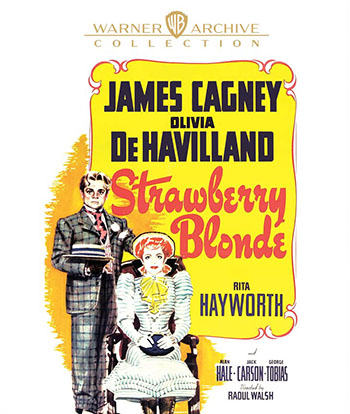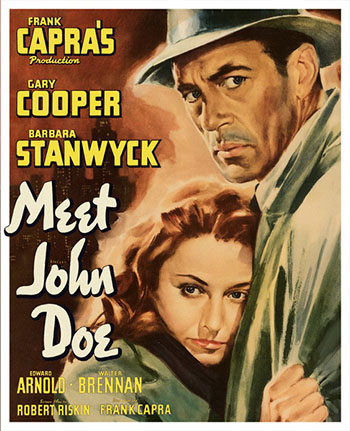It’s nice, even rewarding, to see the two Mommy movies we made here in Muscatine, Iowa, back in 1994, get renewed attention. Mommy’s Day came out in 1996, so we’re coming up on its 25h anniversary. Mommy celebrated her 25th anniversary last year.
What prompts me to discuss this is a nice review by Tony Baranek of Mommy (and another by Henry Kujawa of Mommy’s Day that just popped up. Tony’s Facebook page is dedicated to Sci-Fi and Horror Movie Playground: 40s, 50s, 60s, 70s, 80s, 90s and Beyond.
Here’s Tony’s review:
I mean, when Rhoda Penmark was electrocuted by the lightning bolt at the end, I cheered.
(NOTE FROM M.A.C.: Rhoda lives in the original William March novel and in the Maxwell Anderson play from March’s book.)
But I’ll tell you what. Rhoda Penmark is a sweetheart compared to Mrs. Sterling, a psychopathic killer mom.
Yes, indeed. Patty McCormack is all grown up – and she’s scarier than ever!
This horror thriller is about a 12-year-old girl named Jessica Ann (Rachel Lemieux), whose overbearing mom goes off the deep end when she didn’t win Student of the Year award for the third straight time.
Just for acting like a spoiled and entitled mom, Mrs. Sterling is an embarrassment to the human race. But she doubles down on her ugliness because she claims that the boy who won it only did so because he’s Mexican. Yep, she’s entitled – and racist, too.
Mrs. Sterling confronts the teacher while she’s decorating her classroom. She demands that she change her decision on the award before it gets presented. The teacher sternly says no.
Moments later, crazy Mrs. Sterling pulls the teacher off of a ladder she is standing on, and she suffers a fatal injury. She tells the police, though, that the teacher was already dead when she arrived at the classroom.
Unfortunately for Mrs. Sterling, a persistent investigator named Lt. March (Jason Miller), has his doubts. And as the walls begin to close in on Mrs. Sterling, bad things happen to those who cross her.
This is a really well-done film. Max Allan Collins, in his directing debut, added a nice touch to the story by having Jessica Ann narrate the events as they happened. Rachel Lemieux, 11 years old at the time and in her acting debut, did a fantastic job portraying Jessica Ann. As an added bonus, scream queen Brinke Stevens is ultra-likeable as Mrs. Sterling’s caring sister.
As for Patty McCormack as Mrs. Sterling…man, oh man. Being a killer made her scary enough, but she was an absolute nightmare mom. Her declarations of love for her daughter – but only if she does exactly what mommy tells her to – are incredibly unnerving.
Grade: 4.5 out of 5 stars.
A mini-review from Henry Kujawa of the sequel, Mommy’s Day, appeared almost simultaneously.
Here’s what Henry had to say.
However, the other year, I got Mommy and Mommy’s Day on DVD. I think I “liked” the first one less the 2nd time I saw it (decades after I first saw it). But I was shocked as JUST HOW MUCH I loved the sequel.
I kept wondering… “HOW THE HELL is this even gonna work?” Then I started watching…STILL wondering…and then…
OH man. Maybe 15 minutes in, I was HOOKED. I think I had a huge smile on my face all the way thru to the end. It still makes me smile, even laugh, just thinking about it.
If only more “2nd” films managed to be that good.

If you haven’t seen either Mommy before, you can get it at Amazon for a good price. It comes with Mommy’s Day and lots of special features.
Incidentally, Paula Sands – who is Vivian Borne in Death by Fruitcake – appears in a major secondary role in Mommy’s Day.
Interesting, the sequel to last year’s horror hit Megan – which seemed to have some Bad Seed/Mommy echoes – looks to have followed the Mommy’s Day model with its sequel, Megan 2.0. I have not seen the sequel but eventually will. The complaint is that Megan is turned into a hero(ine) in the second film.
Doing a sequel, particularly to a horror film (and Mommy is that, at least marginally), provides two options – repeat the first movie or do something different. While audiences like the familiarity of a sequel that merely goes through the first film’s paces, doing something different (or the same-but-different) is far more appealing to a filmmaker (or author, for that matter). And smart audience members.
The current Jurassic World: Rebirth is a good example of just repeating what’s gone before and hoping audiences just go along for the ride. On opening weekend, filmmgoers seemed to – it did very well at the box office.
But it’s a fairly terrible movie. Predictable and with bone-headed characters who do dumb, dumb things. It starts with the premise that everybody is bored with dinosaurs by now – an idiotic premise, and anyway, in this movie it’s the characters we’re bored with (stock figures) and the dinosaurs that make it marginally watchable. It has about 17 minutes of terrific dinosaur footage, but even they are a disappointment, because they only devour the cannon-fodder characters and of course (SPOILER ALERT but not really) the evil corporate bad guy.
Here’s a nice advance look at the 4K Blu-ray of The Two Jakes, which features a commentary by me and my pal Heath Holland. The commentary gives me the opportunity to defend this much maligned sequel (actually coda) to Chinatown with Jack Nicholson back as Jake Gittes.
Here’s where you can see Road to Perdition free.
And, yes, yet again an article about movies you didn’t know derived from “comic books” has reared its head. I prefer “graphic novel,” when it comes to Road to Perdition. Plus, these endless write-ups on the subject of movies-from-comics is a bit wearying.
On the other hand, I’m grateful for the attention.
I am still doing a segment on Robert Meyer Burnett’s weekly YouTube show, Let’s Get Physical Media. This week I discuss, among other things, the terrific movie Sinners, which I am pleased to say seems heavily influenced by Road to Perdition (more the movie than the book). And, yes, I am aware there are no vampires in Road to Perdition. An oversight on my part.
If you go the San Diego Comic Con, Rob Burnett will be interviewing me:
“Spotlight on Max Allan Collins”
4:00 – 5:00
Room 28DE
This will be a career interview (all Special Guests get those). Not sure yet when my autograph sessions will be, but I will be promoting the new Johnny Dynamite collection, with a banger of a new Terry Beatty cover. The book is expected to be on sale at the con, though the timing is tight – stay tuned. It’s one of the Collins/Beatty team’s best, I think.

There are no vampires in Johnny Dynamite, but there are plenty of zombies.
By the way, this is almost certainly my last comic convention appearance, at San Diego or anywhere. I will do some occasional appearances at film festivals, promoting Death By Fruitcake and other indie endeavors of mine.

M.A.C.
